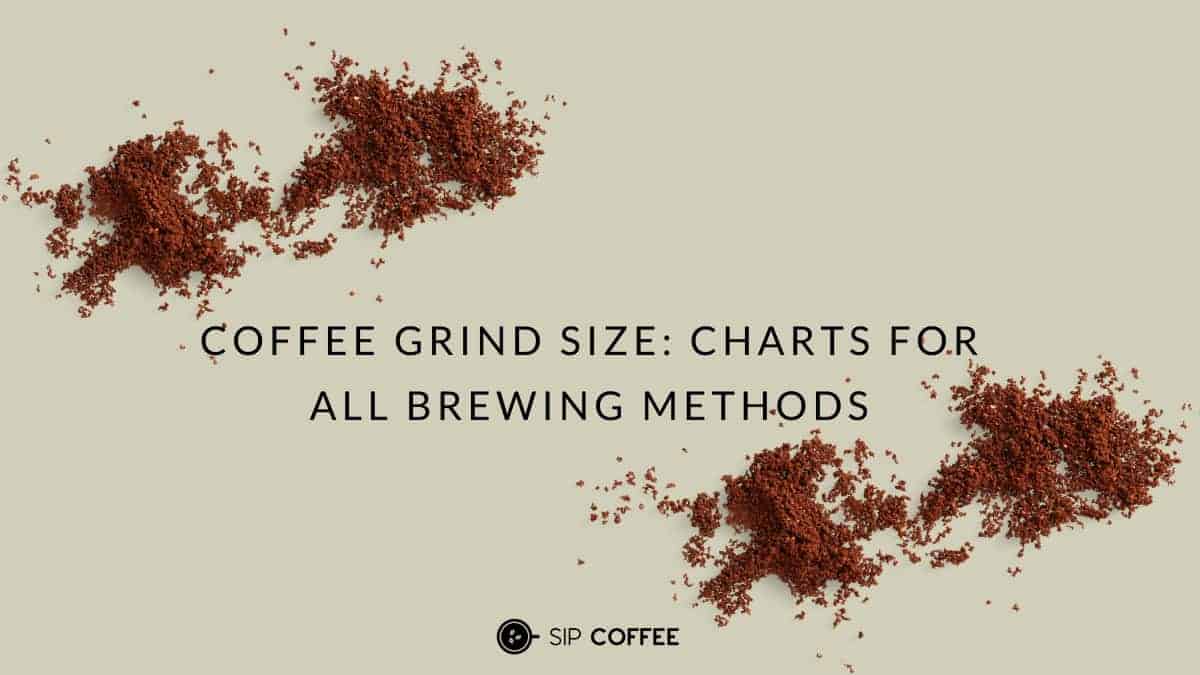People often underestimate the value of owning a coffee grinder. Sure, if you mainly stick to espresso with pre-ground coffee, you might think you don’t need one. But if you’re a coffee enthusiast who enjoys experimenting with different brewing methods, a coffee grinder is essential. Fresh beans and the right grind size can make all the difference in your brew.
When brewing coffee, the water first extracts the beans’ fats and acids, then sugars, and finally plant fibers. This sequence means your coffee captures acidic flavors first, followed by sweet and bitter notes. A successful brew balances these flavors perfectly: a touch of acidity, a hint of sweetness, and a pleasant bitterness. However, each brewing method has its own extraction rate and brew time, which means the grind size must be adjusted accordingly.
For example, espresso uses hot water and high pressure, completing the extraction in less than a minute. In contrast, cold brew coffee takes about 12 hours at room temperature. If you mistakenly use a fine grind for cold brew, you’ll get a bitter and thin cup. Conversely, a coarse grind for espresso will yield a sharp, sour shot. So, if your coffee frequently tastes off, check your grind size before blaming your roaster.
Under-extracted coffee is often sour, dull, and even slightly salty. This happens when the beans are not extracted beyond the initial fats and acids stage. For instance, using a coarse grind in an espresso machine results in sour espresso because it can’t extract enough flavor in the short brew time. On the flip side, over-extracted coffee is just as bad. It tastes extremely bitter and watery, leaving a dry feeling in your mouth. This occurs when the grind size is too fine for the brewing method, such as using fine grounds in a French press.
To get the perfect cup, adjusting your coffee grind size is key. A finer grind increases the surface area, leading to a more intense extraction. Conversely, a coarser grind reduces the surface area for a milder brew. Adjusting grind size can change the extraction time as well. Finer grounds slow water flow, while coarser grounds allow for faster water passage. This directly impacts how long your coffee grounds stay in contact with water, affecting the overall flavor.
Coffee grinders come in two main types: blade and burr grinders. Blade grinders are chaotic, chopping beans into uneven particles, which can lead to inconsistent flavors. They also generate heat, which can pre-cook the beans and affect the taste. On the other hand, burr grinders are more consistent. They grind beans between two burrs, producing uniform particles that result in a balanced brew.
Burr grinders come in flat and conical types. Flat burr grinders use horizontal rings to grind coffee, while conical burr grinders use gravity to help collect the grounds, making them easier to maintain. Conical burr grinders generally run at a lower RPM, which means they are quieter and generate less heat. Even a simple manual conical burr grinder can significantly improve your coffee game.
Finding the right grind size for your brew can take some experimentation. However, you can start with a medium grind and adjust based on your taste preferences. For extra-coarse grounds, perfect for cold brew and cowboy coffee, set your grinder to the coarsest setting. A coarse grind works well for French press and percolators. Medium-coarse is ideal for Clever Drippers and Chemex. Medium grind suits AeroPress with a longer brew time and drip coffee makers. Medium-fine is great for V60 or Kalita Wave. Fine grind is essential for espresso and moka pots, while extra-fine is usually reserved for Turkish coffee.
Remember, this guide is just a starting point. Various factors like roast profile and bean age can influence the correct grind size. With a bit of practice and the right grinder, you’ll be able to brew the perfect cup every time.
Adjusting your coffee grind size can make or break your brew. While the grind size recommended here is a good starting point, don’t be afraid to experiment to find what works best for you. Investing in a quality burr grinder can also make a significant difference in the consistency and flavor of your coffee. Happy brewing!
